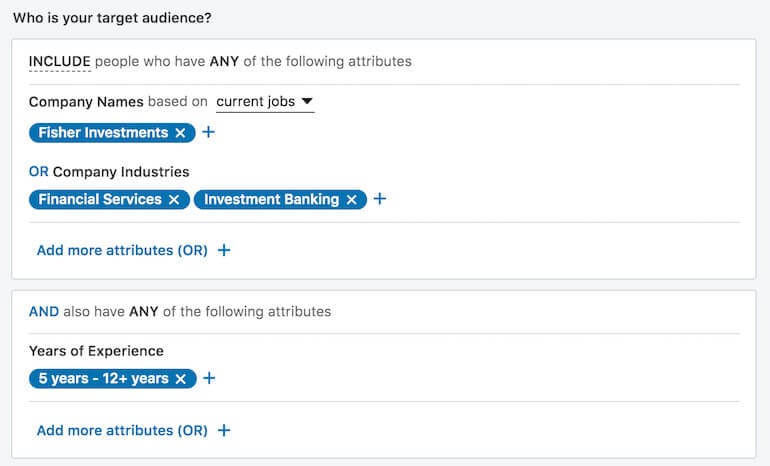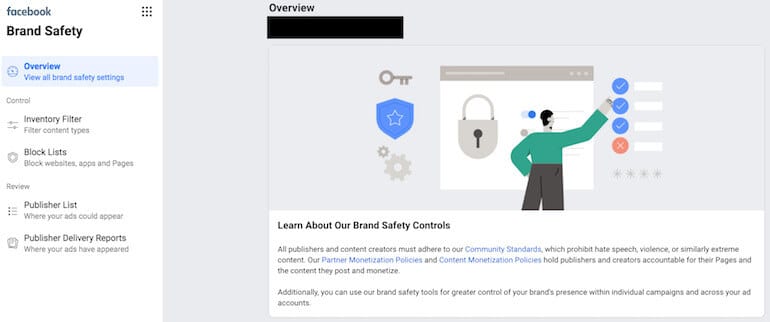Major Social Ad Platform Updates: 2019 Recap

The amount of new features and updates that have been rolled out in 2019 has been overwhelming. We can all agree on this, but can we agree on which updates are going to have the largest impact on the Paid Social advertising industry? Here is my roundup of the top updates from 2019 across the two major platforms: Facebook and LinkedIn.
Transparency Updates
The most obvious theme of updates to Paid Facebook advertising in 2019 was improving their transparency, which included the introduction of the new brand safety tools, restricted targeting, the ad library, and more that I won’t cover here.
New brand safety tools were launched in November giving advertisers a dedicated space in ads manager to apply block lists, the ability to download new and improved delivery reports, and the capability to set an account-level inventory filter. Facebook has been continuing to bolster its partnerships in the brand safety space, with Zefr being the most recent to join DoubleVerify, Integral Ad Science, and OpenSlate in helping tools to suit advertisers’ needs. Publisher white lists are now available for select advertisers that might have previously been too hesitant to jump into the space, and this inventory is set to expand in 2020.

Targeting restrictions were rolled out to advertisers in the housing, employment, and credit industry that prevents them from targeting by age, gender, or zip code. As a whole, these businesses will have less targeting capabilities for protected classes. I expect similar updates to be rolled out in 2020 as Facebook tries to nail the tricky balance between catering to advertisers and ensuring tools available to us are not being misused.
Aaron Childs, Senior Paid Social account manager at Hanapin, covered the ad library in-depth in his post earlier this week about finding Facebook and Instagram ads. Go check it out and explore how this tool can be leveraged by advertisers.
Functionality Updates
The ads manager got lots of attention throughout 2019, with the following highlights:
- A completely new interface design that included new sidebar navigation, a view into nested results, and a combined search and filter view.
- Updated business notifications that provide easy-to-understand alerts for the three major categories; account, ads, and pages.
- Cross-account reporting allows for detailed breakdowns and groupings across accounts, analyzing cumulative unique frequency and reach across accounts, and analyzing information and aggregated metrics across accounts.
- Production got easier with the new copy and paste function. Not only was this feature rolled out, but a similar update was launched giving advertisers the option to carry a post’s existing engagements (reactions, comments, shares) when using the duplication feature. This can allow for continuing to aggregate social proof while testing different targeting strategies.
- A new ad preview experience gives advertisers a close look at how your creative will look across Facebook placements. With automated delivery being more prevalent, this is important to be able to ensure ads maintain brand feel no matter where they are shown.
Capability Updates
The event setup tool was rolled out giving advertisers the ability to create custom events and parameters without the need for additional code implementation if the Facebook pixel is applied to the entire site. This lowers the barriers of entry to creating a more granular view into how your ads are influencing specific actions you want a user to take on your site. Check out this on-demand Hanapin webinar where we explore specific use cases for this tool to:
- Use Facebook offline conversion to track campaigns to real-world outcomes
- Optimize campaigns for real-world and online results
- Apply offline behavior data to drive acquisition, retention, and growth
- Build better lookalike audiences with customer visit behavior.
Targeting Updates
Interest targeting is available to all advertisers, using signals from engagement with content on LinkedIn and Searches on Bing. This gives advertisers a more broad alternative or another layer to the granular company/job title targeting that LinkedIn is known for.
Lookalike audiences are available for creation from any valid matched audience, such as site visitors, account lists, or customer lists. This feature allows advertisers to more easily target more of the right audience and can be a great addition to your tactical prospecting toolbox. This update follows in Facebook’s footsteps who have made this one of their platforms most successful and utilized targeting features.
And-Or targeting for objective-based advertising helps further refine your targeting by narrowing your audience further or excluding people. For example, you can target senior people of a specific company but also broaden the targeting to include anyone in a particular industry. This example below targets people who ‘currently work at Fisher Investments’ OR ‘work at a company in the Finance industry’ and ‘have 5+ years of experience’.

Functionality Updates
Several updates were rolled out to lead forms, including the ability to edit lead forms after creation and increasing the available fields from 7 to 12. Lead forms are known to increase CVR by reducing friction in the conversion; however, this can lead to an influx of lower quality leads. This update allows advertisers to better pre-qualify users prior to the conversion and improve lead quality. In addition to normal fields like email, name, company name & size, or demographic information, custom questions and checkboxes are now available. With data regulation and protecting only to become more of an issue, these fields can be used to get consent for anything the data might be used for.
Furthermore, LinkedIn has been continuing to bolster their integrations with these lead forms and match audiences, with Hubspot being the major addition of 2019. Platform integrations like this are pivotal for major advertisers that need to send information to and from their system in an efficient way, and we can expect to see LinkedIn continue to roll these out in 2020.



